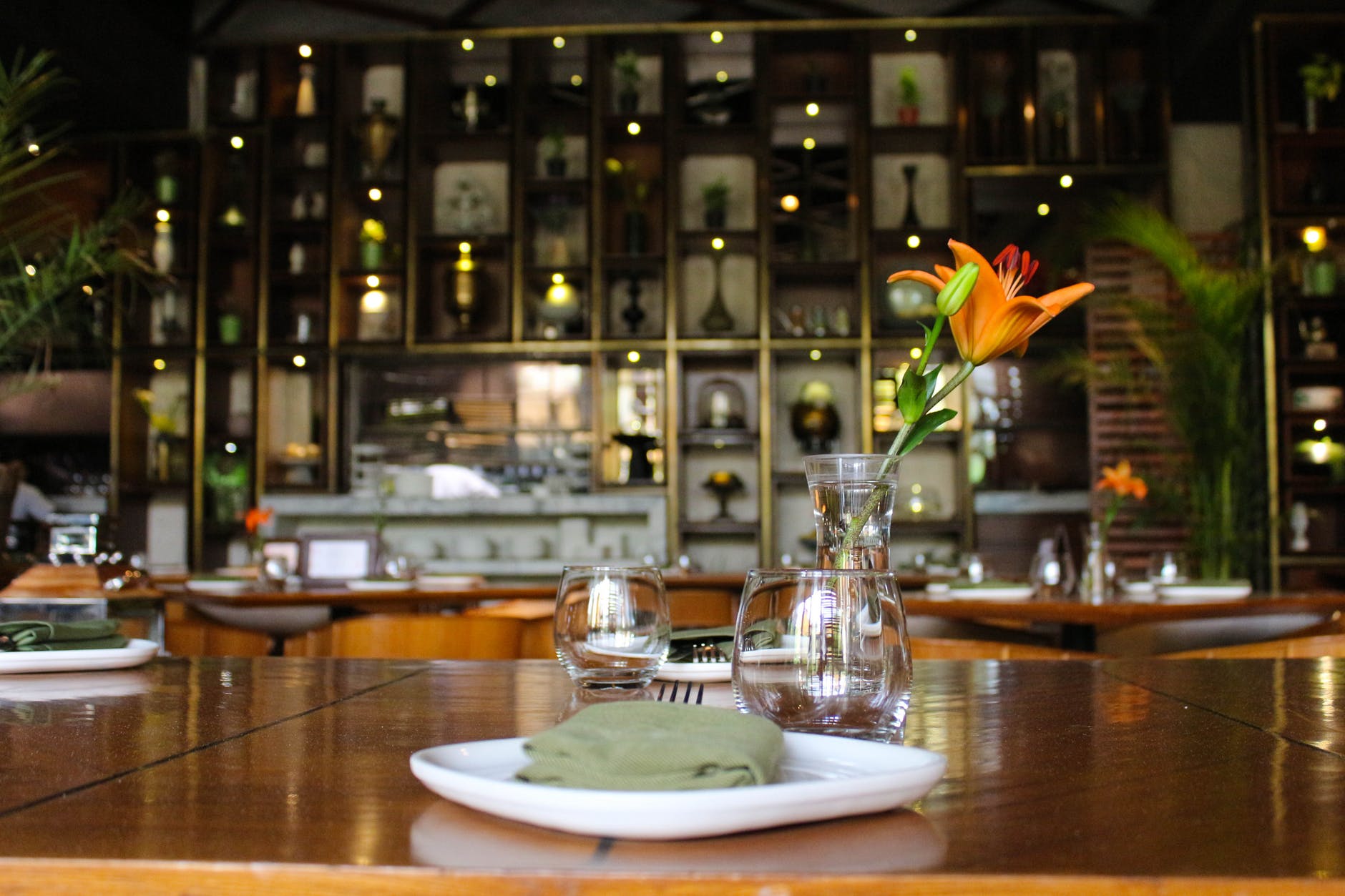On a recent evening, I found myself walking through the door of a charming little bistro tucked away in a quiet corner of the city. As I stepped inside, the hustle and bustle of the outside world seemed to fade away. The ambiance was immediately welcoming—soft lighting from vintage lamps bathed the room in a warm glow, casting subtle shadows that added depth to the rustic decor. The scent of freshly baked bread wafted through the air, a perfect prelude to what would turn out to be a memorable meal.
The decor was thoughtfully curated. Exposed brick walls added character, while wooden tables, mismatched chairs, and flickering candles on every surface created a relaxed yet intimate atmosphere. There was something wonderfully organic about the space, as if it had been shaped by years of quiet conversations and hearty meals. It felt like a place where time slowed down, and every moment was meant to be savored.
One of the first things I noticed was the music. Soft jazz played in the background, just loud enough to create an ambient hum without overpowering conversation. It was the kind of music that made you feel like you were in a scene from an old movie, effortlessly adding to the nostalgia of the moment. The mood was casual yet refined, and it was clear that every detail had been meticulously thought out to ensure a seamless experience for the diners.
As the evening wore on, I couldn’t help but be impressed by the balance between the restaurant’s vibe and its culinary offerings. The decor set the stage for the food, making the meal feel like an extension of the atmosphere. Every dish was presented with the same attention to detail as the space itself, creating a sense of harmony between the two.
In contrast, I visited a modern, upscale restaurant the following week—bright, sleek, and minimalistic in design. The decor was clean, with large windows offering expansive views of the city skyline. While the space was visually striking, there was an undeniable sense of sterility. The music, a mix of electronic beats, gave the restaurant an almost futuristic feel, but it didn’t quite match the warmth of the meal. The vibe here was more formal, focused on precision and professionalism, which felt somewhat disconnected from the personal experience I had just days before at the bistro.
As I sat down to eat, I realized how important ambiance is in shaping our overall dining experience. It’s not just about the food—it’s about how the space around you complements the meal and your mood. The best dining experiences are the ones where ambiance and atmosphere come together seamlessly to create something greater than the sum of its parts. Whether it’s the cozy charm of a small bistro or the sleek modernity of a fine-dining restaurant, the right atmosphere can transform a simple meal into an unforgettable moment.
For anyone looking to create an extraordinary dining experience, I would recommend paying as much attention to the ambiance as to the food itself. It’s the subtle elements—the lighting, music, decor—that make a meal truly memorable. When these details are carefully curated, they elevate the entire experience, turning it into something personal and lasting.

